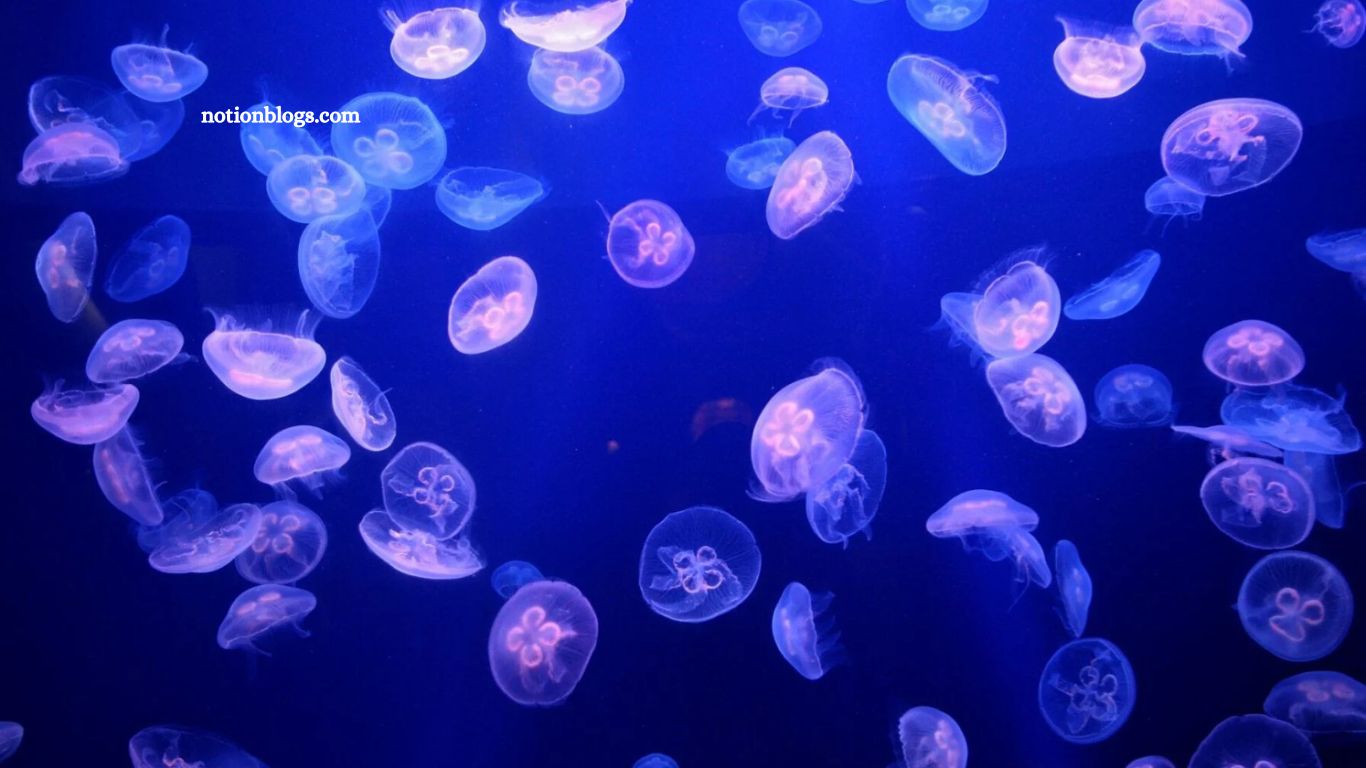Jellyfish swarms have unexpectedly become a serious challenge for nuclear power plants, and a recent event at France’s Gravelines facility highlights the growing impact of nature on critical infrastructure. Over the weekend, a massive influx of jellyfish overwhelmed the plant’s cooling water filters, forcing an automatic shutdown of four reactors and temporarily halting power production. This incident not only disrupted electricity supply for millions but also underscored how these gelatinous creatures can interfere with complex energy systems.
As jellyfish blooms become more frequent due to rising ocean temperatures and changing marine ecosystems, nuclear plants worldwide face increasing risks from these unpredictable natural events. Understanding and managing this emerging threat is crucial for maintaining stable and safe energy production in the future.
Read More: Tesla’s Cybertruck Quickly Sells Out (Almost)
Jellyfish Swarm Forces Shutdown of French Nuclear Power Plant
Over the weekend, a massive swarm of jellyfish overwhelmed the Gravelines nuclear power plant in northern France, causing an automatic shutdown of four reactors. This unexpected invasion clogged the plant’s cooling water filters, forcing a complete halt to operations and highlighting the growing challenge jellyfish blooms pose to nuclear facilities.
How Jellyfish Disrupted the Power Plant
The gelatinous creatures swarmed the filter drums that remove debris from the cooling water system, blocking the flow needed to safely cool the reactors. At the time, two other reactors were already offline for maintenance, resulting in the entire plant—capable of powering around five million homes—being shut down. This incident alone cut about 10% of France’s nuclear energy capacity, according to Montel News.
Safety Systems Work as Designed
Despite the disruption, the plant’s safety protocols operated flawlessly. EDF, the plant’s operator, confirmed no harm came to personnel, the facility, or the environment. The reactors will resume operation once the filters are cleared and normal cooling is restored.
Jellyfish Blooms: A Growing Threat to Nuclear Energy
This event isn’t isolated. Similar jellyfish-related shutdowns have occurred at nuclear plants in Sweden, Scotland, Israel, Japan, Florida, and California over the past decade. These blooms are unpredictable, making it difficult for plants to prepare. Operators continue to explore ways to forecast these swarms better, but the challenge remains significant.
Why Are Jellyfish Blooms Increasing?
Human activity plays a major role in the rise of jellyfish populations. Warmer ocean temperatures, overfishing, and changing marine ecosystems create ideal conditions for these creatures to thrive. As competitors decline and food sources increase, jellyfish blooms have become more frequent, posing new challenges for energy infrastructure worldwide.
Frequently Asked Questions
Why did jellyfish shut down the Gravelines nuclear power plant?
A massive jellyfish swarm clogged the plant’s cooling water filters, which are essential for reactor safety. This blockage triggered an automatic shutdown of four reactors.
Is the shutdown dangerous for the public?
No. The plant’s safety systems worked as designed. There was no harm to staff, facilities, or the environment.
How common are jellyfish-related power plant incidents?
They’ve occurred worldwide, including in Sweden, Scotland, Israel, Japan, Florida, and California over the past decade.
Why are jellyfish blooms increasing?
Warming seas, overfishing, and shifting marine ecosystems have created ideal conditions for jellyfish populations to grow.
Can nuclear plants prevent jellyfish swarms?
Prevention is difficult, but operators are exploring improved monitoring and forecasting to manage the risk.
Conclusion
The shutdown of the Gravelines nuclear power plant is a striking reminder of nature’s unpredictable power. While jellyfish may seem harmless, their growing presence near coastal energy facilities poses real challenges for modern infrastructure. The incident highlights the importance of robust safety systems and the need for better prediction methods to manage environmental disruptions. With climate change, overfishing, and warmer waters fueling the rise of jellyfish blooms, such events may become more common in the years ahead.






